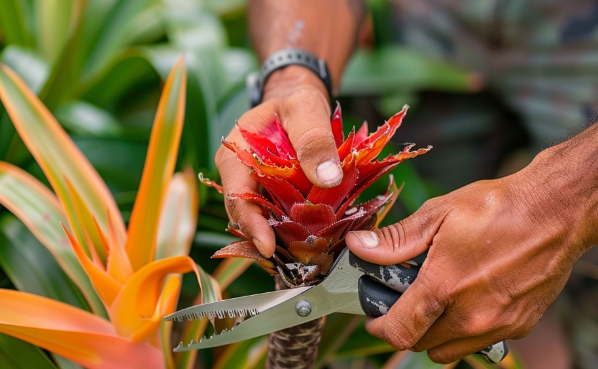Light
Like many other tropical plants Bromeliads enjoy nice bright light but not scorching direct heat. They will do well in medium to low-light environments but require fairly bright light to show off the color and to start the blooming and budding process. Your Bromeliad should be somewhere in the vicinity of a window or windows facing west or south. In the colder months, you may have to shift it to a place that receives more light.












